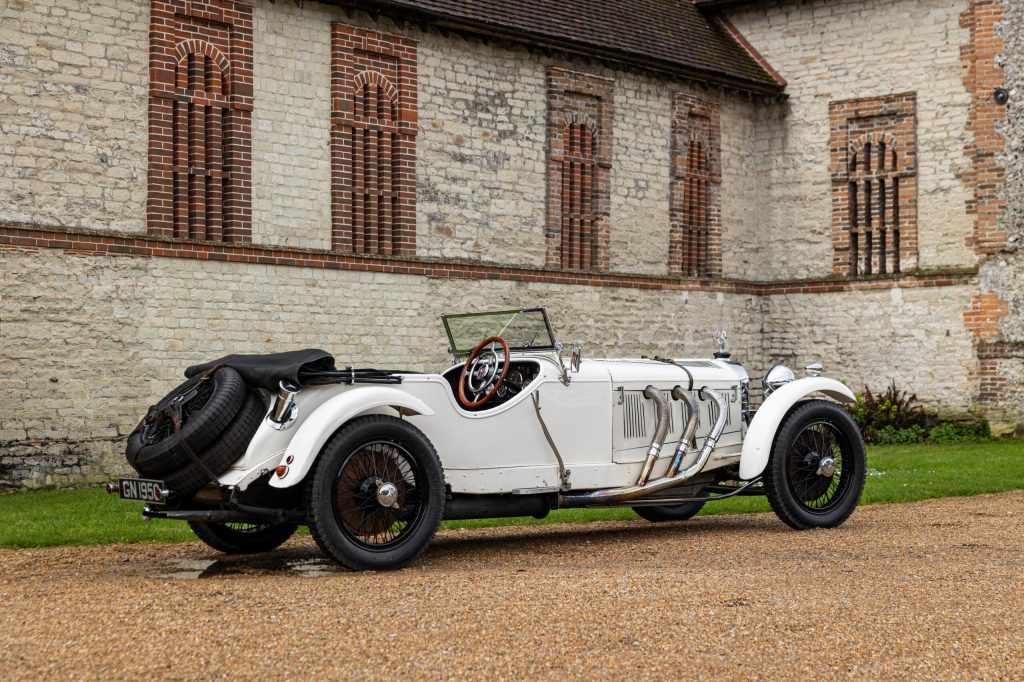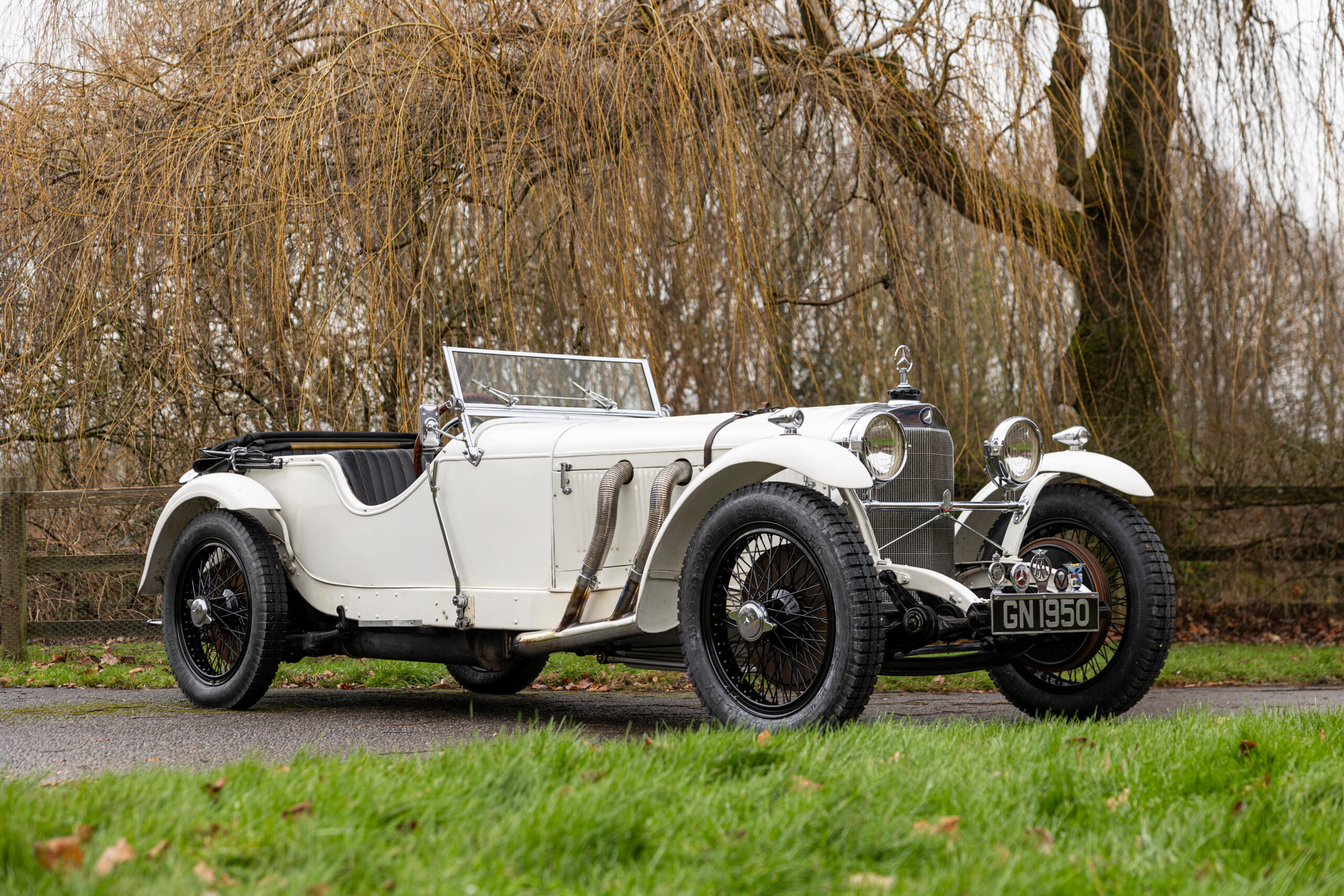The Goodwood Festival of Speed is among the biggest highlights of the car calendar anywhere in the world. According to Goodwood, it’s “motorsport’s ultimate summer garden party” and “an intoxicating celebration of the world’s most glamorous sport,” during which an array of new and historic vehicles storm the hillclimb near Goodwood House in West Sussex. They aren’t wrong, of course – the “FoS” only lasts a few days, but it produces enough automotive content to fill this writer’s Instagram feed for several months afterward.
In addition to the hillclimb and other festivities, there is also an auction held in conjunction with the event. And, given the venue, the Bonhams Goodwood sale tends to go heavy on sports and racing cars. This year was no different, and the big car of the 2024 auction was a glorious 1928 Mercedes-Benz that sold for a final price of £2,871,000 (including buyer’s commission but not VAT).

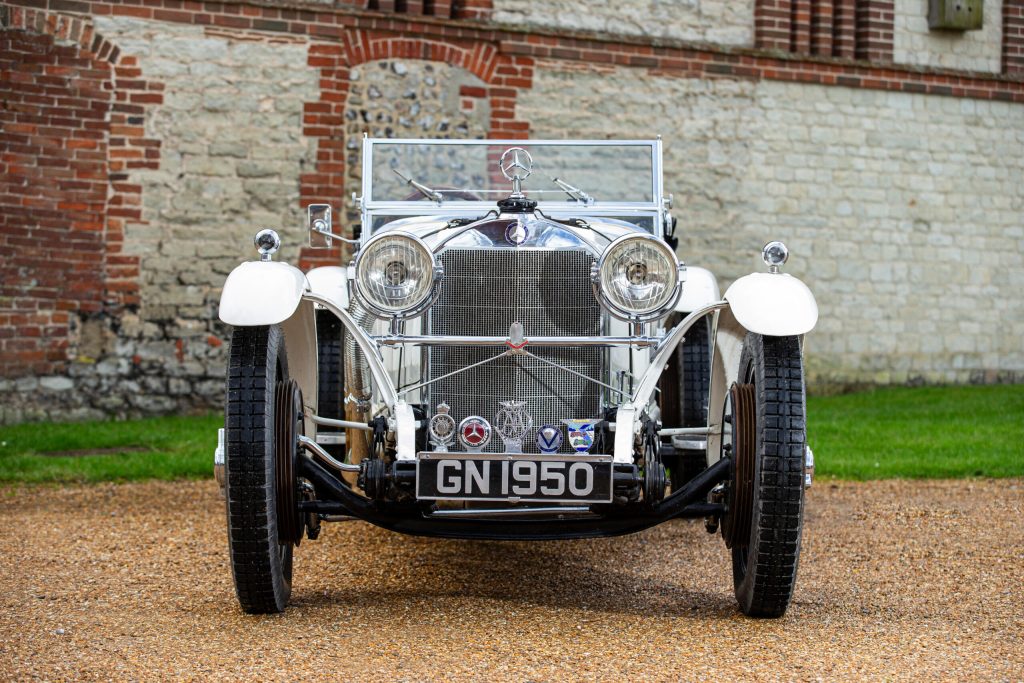
Although the company’s roots go back to the nineteenth century and the first Mercedes automobiles date back to the early 1900s, the first “Mercedes-Benz” automobiles didn’t come about until after the merger of Gottlieb Daimler’s and Karl Benz’s companies in June 1926. Ferdinand Porsche served as chief engineer and designed a new model called the “S,” for “Sport.”
While a capable, versatile car overall with a low-slung chassis, its party piece was the Roots-type supercharger attached to its 6.7-litre six-cylinder engine. It provided an instantaneous surge of power, from 120 to 180 bhp, but only when the driver put the accelerator all the way to the floor. Rudolph Caracciola won the first-ever race at the Nürburgring in 1927 driving a Mercedes-Benz Model S, and the model racked up wins. Mercedes-Benz followed up with revised, improved models called the SS and SSK. Sources vary on production numbers, but the high range of Model Ss built is just 174 between 1927 and 1930.
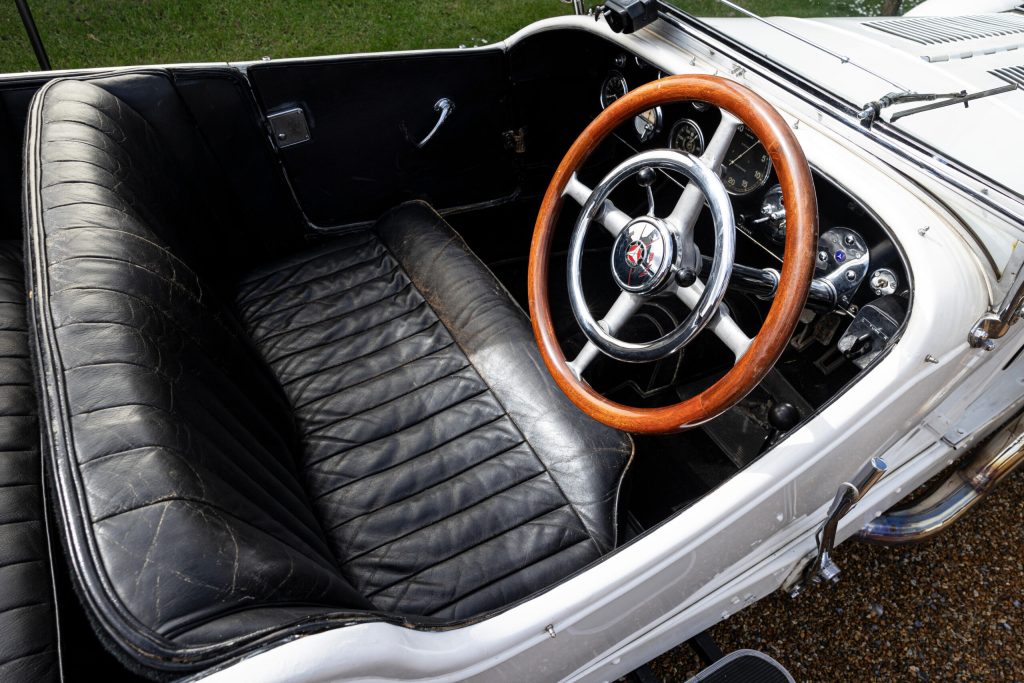
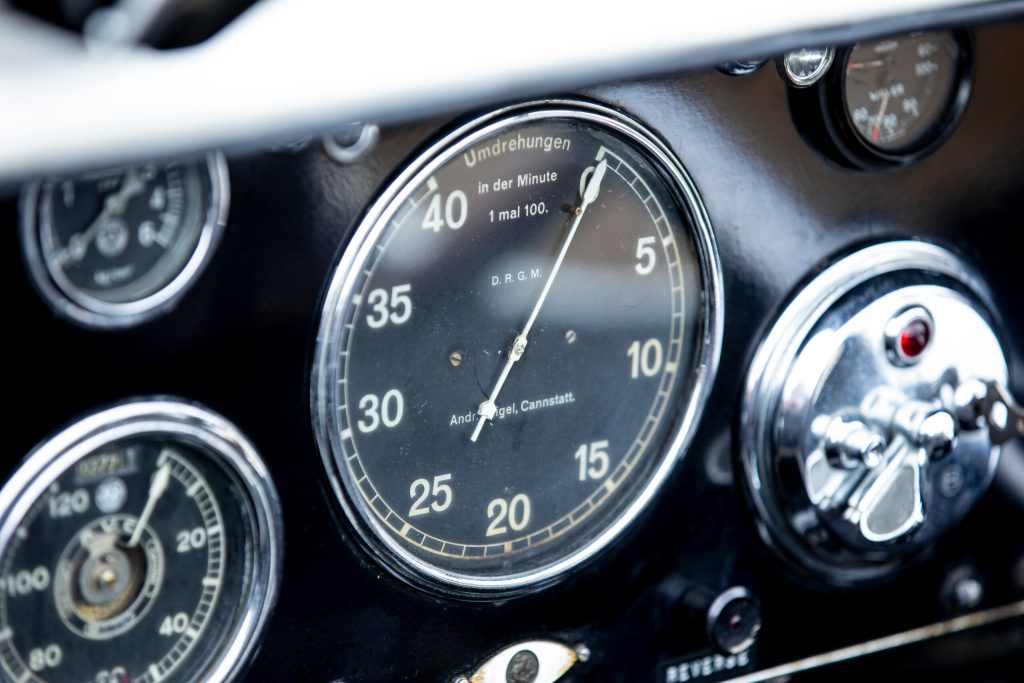
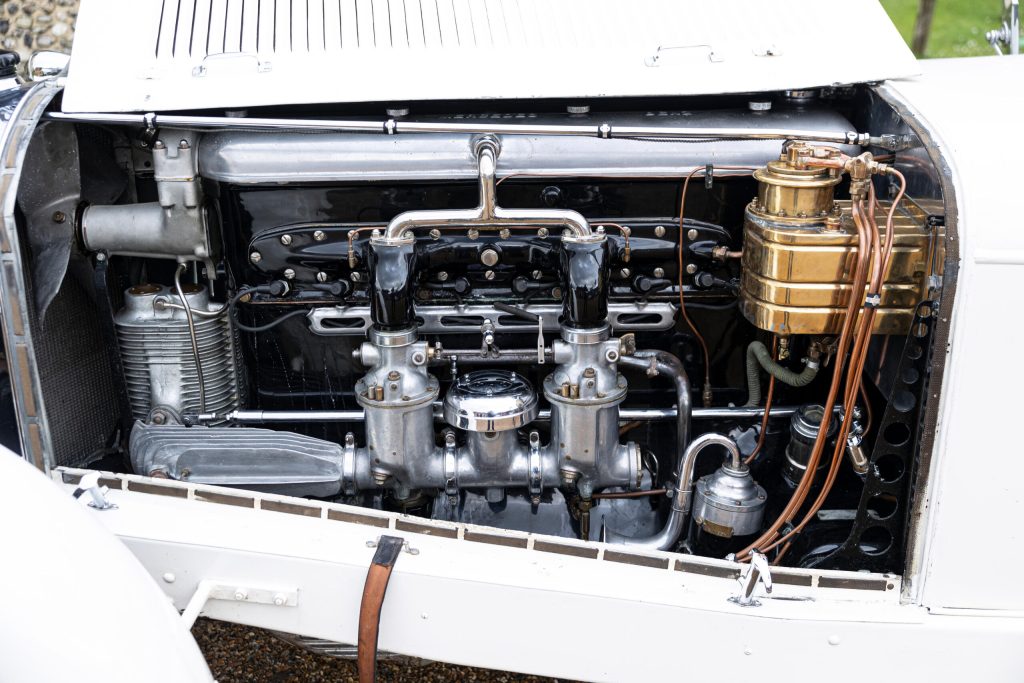
This car, chassis 35985, reportedly sold new via British Mercedes Ltd. in London to Sir Cecil Harcourt-Smith with a special four-seat sports tourer body by Mercedes-Benz’s own coachbuilders at Sindelfingen. According to Bonhams, the bodywork is “probably unique” in that no other of its exact type is known. Next, it went to John Fitzroy, the ninth Duke of Grafton, who raced it in the 1930s. The Duke subsequently died while racing his Bugatti, and the Mercedes was listed in a 1936 issue of Autocar as “whole chassis recently overhauled and guaranteed 100mph.”
Another amateur racer bought it in 1939, and a Mercedes enthusiast bought it in 1946. It sold again in 1960 to a collector named C.W. Peter Hampton. Because of an injury he sustained to his left arm while storming the beaches on D-Day, he reportedly changed the right-hand drive car’s gear change from central to the right side, but otherwise carefully kept and preserved it. Matchbox even chose this very car as the basis for its “Models of Yesteryear” version of the S-Type Mercedes-Benz. After Hampton passed in 1991, the car sold at auction to collector Tom Scott, whose Mercedes collection made up a significant portion of the consignments at Goodwood this year.
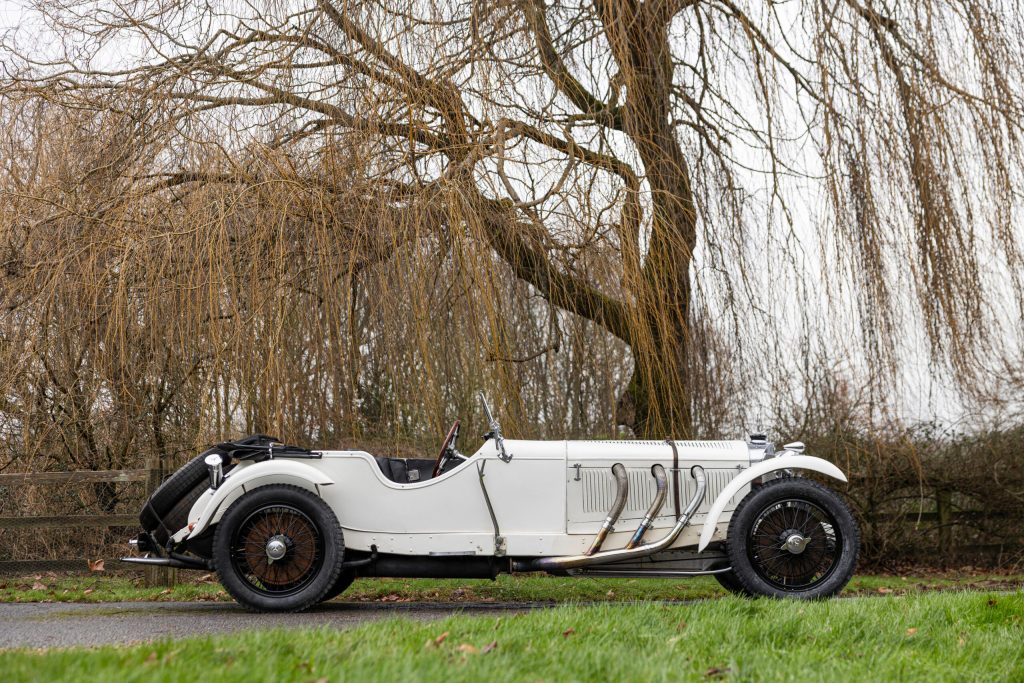
In the Bonhams tent, the car had a presale estimate of £1,600,000–£2,500,000, and auctioneer James Knight introduced it as the clear star of the sale, despite a technically more valuable LaFerrari being on offer later in the day. Bidding opened at £1M and hit the £1.6M low estimate in about a minute before finally settling on a winning bid of £2,550,000.
Like the $12.1M 1903 Mercedes Simplex we saw at auction a few months ago, the main appeal and the bulk of the value in this car aren’t derived from nostalgia (although plenty of people probably had the Matchbox version) – rather, they’re in historical significance, rarity, originality, and event eligibility.
